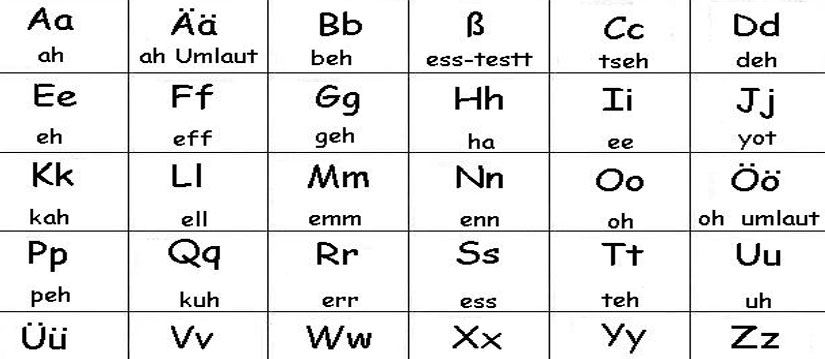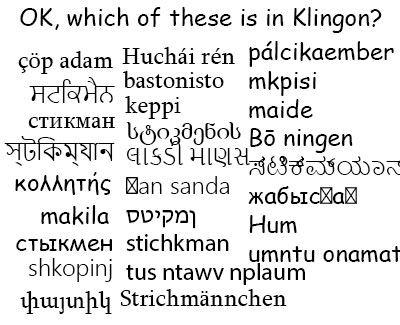
Perhaps the greatest glory of English is its expansive vocabulary, which allows for a breadth and variety of expression unparalleled among world languages. Part of that variety can be attributed to the tongue’s very origins. As a mottled product of Greek, Germanic, and (via French) Latinate influences, English has many pairs of words with approximately the same meaning yet subtle distinctions of mood. “A hearty meal,” for instance, is precisely cognate with “a cordial repast,” but they feel very different. In part, that’s because the former phrase uses Germanic Angle-Saxon vocabulary, whereas the latter uses words that entered English via Norman French.
What makes English even more complex is that after assuming its modern form around the fifteenth century, it has continued to incorporate words from foreign sources, adopting new vocabulary along with new ideas. Sometimes these “loan words” undergo a process of anglicization, meaning their form is altered to suit English conventions of spelling or pronunciation, as has occurred with words as diverse as “algorithm” (from the Arabic “Al-Khwārizmī”) to “ketchup” (probably from Malay “kecap”).
Get a free sample proofread and edit for your English document.
Two professional proofreaders will proofread and edit your English document.
Often, though, foreign loan words are brought into English more or less intact, either in their original spelling (e.g., the German “schadenfreude,” the French “bistro”) or, if non-Western in origin, transliterated into the Latin alphabet (e.g., the Japanese “karaoke,” the Mandarin “kung fu”).
Of this latter category, there is a sizeable subset whose native spellings include diacritical marks not used in standard English. Diacritics, which you might know as “accent marks,” are those little symbols that appear above or below one or more letters in a word, indicating how that letter is pronounced. Examples include the French “déjà vu” and “façade,” the Swedish “smörgåsbord,” and the Vietnamese “phở.”
But a curious thing happens when these words are borrowed into English. With long usage, those diacritical marks tend to disappear. It is common to see these words rendered as “deja vu,” “facade,” “smorgasbord,” and “pho,” or for automated spellcheckers to accept them as such. (However, the rules are inconsistent. The latest version of Microsoft Word, for instance, autocorrects “déjà vu” and “façade” to include diacritics, but it also accepts “facade” without the hook-shaped cedilla, and yet strips the marks from the Swedish and Vietnamese words).
On the one hand, this is probably an indicator of a loan word’s acceptance into the standard vocabulary; now that it is a member of the family, English writers will begin to spell it as if it were a native English term, using only the letters of our standard alphabet.
On the other hand, diacritical marks are actually fantastically useful as a guide to pronunciation. Losing them not only opens an avenue for social embarrassment, such as that felt when some well-intended speaker pronounces “naïve” as “knave.” It can actually hinder our comprehension of written English when two words with distinct meanings are rendered similarly

For instance, it would not do to confuse the French noun résumé (RAY-zoo-may), meaning a summary of one’s education and employment history often included with a job application, with the English verb resume (ruh-ZOOM), meaning to continue after a pause; and yet the practice of writing loan words with diacritics makes such confusion appallingly likely.
For this reason, The Chicago Manual of Style recommends in Chapter 11 that most non-English loan words be rendered in print with diacritical marks intact, even if they have long been in common use. “Déjà vu,” for instance, is well enough established in English that it generally appears in print without italics. The use of “naïve” in English is even older, to the point where it would actually be jarring to see it italicized. But the Chicago Manual still recommends the acute accent over the e, the grave accent over the a, and the diaresis over the i.
The problem, especially for typists trained on standard English, is that the computer keyboard contains only the letters of the ordinary Western alphabet, twenty-six Plain Janes without a fancy hat or pair of shoes among them. A simple lowercase “e” can be rendered with a single keystroke, but the acute-accented “é” cannot.
The fact that you’re reading this, though, proves that a humble consumer-grade word processor like Microsoft Word can indeed produce these characters, and that any web browser can render them. There are multiple methods for adding the proper diacritical marks to your loan words, including
In future blogs, we’ll look at each of these options in detail, and teach you the skills to render even complicated foreign phrases and loan words with the proper diacritics. À bientôt (See you soon)!
Jack F.
Get a free sample proofread and edit for your English document.
Two professional proofreaders will proofread and edit your English document.
Get a free sample proofread and edit for your document.
Two professional proofreaders will proofread and edit your document.
We will get your free sample back in three to six hours!